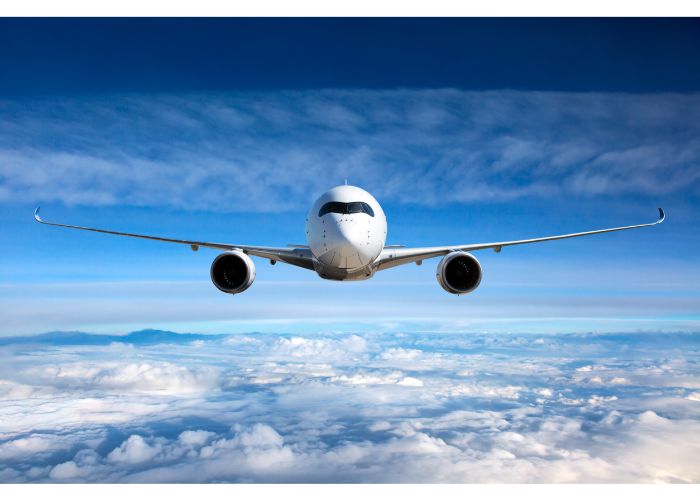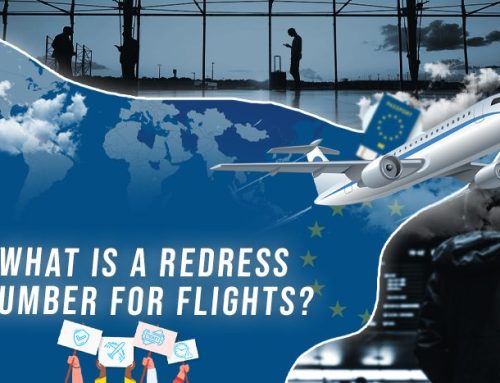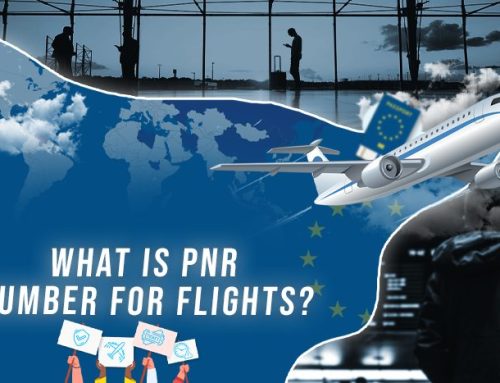Equipment malfunctions when you are flying thousands of miles in the air can be incredibly scary. While flying is statistically one of the safest ways to travel, that doesn’t make a difference if you hear a loud boom or the plane starts going down. Fortunately, pilots are trained to undertake emergency landings in these types of situations. Additionally, the planes are able to fly with one engine in case of an emergency.
Key Takeaways
- Aircraft are designed with redundant safety measures, and most commercial planes have two to four engines, enabling them to fly and operate safely even if one engine fails.
- Pilots undergo rigorous training to handle emergencies, including engine failures, and are well-prepared to make informed decisions that prioritize passenger safety during critical situations.
- Aviation regulators require aircraft to be designed with single-engine flight capabilities, ensuring that planes can safely reach their destination with just one engine in operation.
- During single-engine flight, pilots may disable non-essential systems, like air conditioning, to better diagnose engine issues and assess whether it is safe to continue to the final destination or perform an emergency landing.
- The aviation industry’s commitment to safety and redundancy makes flying one of the most reliable and secure methods of travel, with extensive pre-flight checks and emergency protocols in place to address any potential equipment malfunctions.
How Many Engines Does a Plane Have?
The number of engines a plane has depends on the size and purpose of the aircraft. Typically, commercial passenger planes will have between two and four engines, though not all have to be in operation in order for the plane to fly. Instead, the more engines there are, the faster it can go.
The engines are typically located in pods underneath the wings in even numbers, so there is typically one to two on each side. However, if something happens to the other engines and only one remains, never fear. Planes are designed to fly and operate with one engine, which will allow the pilot to land safely if there is an emergency.
Many aviation regulators require that aircraft be designed with this feature in mind, so if there is only one engine in operation, the airplane can still fly. The more engines there are for a smooth and quick flight is all well and good, but at the end of the day, a plane must be able to get to its destination with one engine if needed. This includes making sure there is enough fuel to do this.
Pilots have been trained on what to do in an emergency, and there is also emergency documentation on the board to help. Planes are extensively checked for issues prior to take off to catch any pre-existing issues, so anything that happens to the engine occur during the flight.
What Features Are Disabled When There Is One Engine?

If the pilot suspects something is wrong, they may turn off the air conditioning so they can hear better. They want to be able to listen to the noises, as well as pinpoint them to help diagnose the issue. The plane may get warmer; however, this inconvenience helps promote the safety and well-being of all.
The pilot may determine they are safe to carry on to their final destination, or they may want to do an emergency landing at the nearest airport or clearing. It is up to their discretion to make the call if it is safe to travel with just one engine. Even though it can fly, it doesn’t mean it should – and that’s why they’ve gone through training to be qualified to make the right call.
Conclusion
Airplanes are feats of engineering, and while there are typically multiple engines on large commercial planes, it is able to fly if only one is operational. The pilot will make the call, however, if it is safe to carry on to your final destination. In many cases, the plane will make an emergency landing out of an abundance of caution if only one engine is operational.
Frequently Asked Questions
-
What happens if more than one engine fails during a flight?
If more than one engine fails during a flight, the aircraft’s safety and ability to remain airborne become critical concerns. Modern commercial airplanes are designed with multiple redundancies to minimize the likelihood of multiple engine failures. In such rare and severe cases, pilots are trained to handle the situation and may attempt emergency procedures, including gliding to find a suitable landing spot or attempting a controlled emergency landing.
-
Are there any specific aircraft models known for their exceptional single-engine flight capabilities?
Yes, some aircraft models are renowned for their exceptional single-engine flight capabilities. For instance, the Boeing 777 and Airbus A340 are known for their ability to fly long distances with just one engine in operation. These aircraft are designed to adhere to strict safety standards set by aviation regulators and have demonstrated remarkable performance in emergency scenarios.
-
How often do commercial pilots train for emergency situations like engine failures?
Commercial pilots undergo regular and rigorous training to handle emergency situations, including engine failures. The frequency of this training varies from one airline to another but typically involves simulator sessions and recurrent training every six months to a year. During these sessions, pilots practice emergency procedures and learn to handle various critical scenarios to maintain their proficiency and readiness.
-
Can passengers be informed or updated about an engine issue during a flight, and what communication protocols are in place for such scenarios?
In the event of an engine issue during a flight, the flight crew’s primary focus is on managing the situation and ensuring the safety of all passengers. Typically, passengers are not informed about minor technical issues to prevent unnecessary concern or panic. However, in more severe cases or if the situation demands it, the flight crew will communicate important information and safety instructions to passengers through the in-flight announcement system.
-
Are there any additional safety features or technologies being developed to further enhance single-engine flight reliability in the future?
The aviation industry is continuously evolving and investing in research and development to enhance safety and reliability. While single-engine flight capabilities are already well-established in modern aircraft, ongoing advancements in engine technology and aircraft design aim to improve overall performance and efficiency. Manufacturers are continually exploring innovative ways to increase fuel efficiency and engine reliability, which ultimately contributes to enhanced single-engine flight capabilities.







